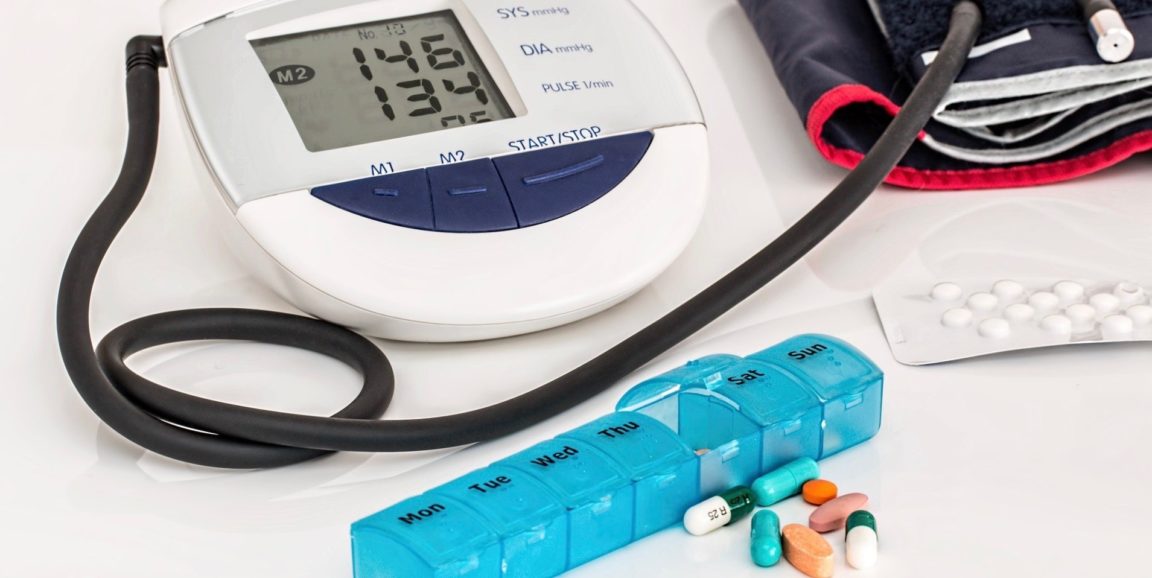People taking two very commonly used types of drugs for high blood pressure are at no heightened risk, as has been feared, for complications of COVID-19.
So concludes a study in COVID-19 patients, directed by Stanford infectious-disease specialist Catherine Blish, MD, PhD. Results are published in the Journal of Clinical and Translational Science.
High blood pressure -- suffered by at least 29% of people over 18 -- is bad enough by itself. So is COVID-19. When the two collide, it's a double whammy. In addition to the known higher likelihood of heart attack and other health threats, high blood pressure also confers as much as a 2.5-fold higher risk of severe or fatal COVID-19 than normal blood pressure does, especially in older individuals.
The two types of drugs that have been of concern to medical practitioners and public health officials are angiotensin-converting enzyme inhibitors, or ACE-Is, and angiotensin-receptor blockers, or ARBs.
Drugs that block blood-vessel constriction
These medications are widely used: In the United States, of everyone 20 or older, an estimated 12% are on ACE-Is and 5.8% are on ARBs, according to 2012 data from the American Heart Association. That's a lot of people -- and, if anything, the percentage of individuals using these drugs has increased since then.
Both kinds of drugs work by blocking the blood-vessel-constricting action of angiotensin, an enzyme secreted by the kidneys. They also, among other things, cause an increase in cells' production of ACE2, a molecule with blood-pressure-lowering properties that appears on the surface of cells in the throat, lungs, arteries, heart, kidney, intestines and blood-vessel linings.
So far, so good.
The problem is, ACE2 just happens to be precisely the molecule that SARS-CoV-2 -- the virus responsible for COVID-19 -- grabs onto in order to gain entry into the cells it infects. Only cells bearing ACE2 are prone to SARS-CoV-2 infection; so the fear has been that by increasing the density/number of ACE2 molecules on cells' surfaces, ACE-Is and ARBs may be making those cells better targets for SARS-CoV-2.
You can see why medical authorities would worry about whether these drugs might place their users at heightened risk for coronavirus infection and more-severe cases of COVID-19.
Use not associated with severe COVID-19
Happily, the Stanford study, which analyzed medical records of just over 1,000 patients, found otherwise. Use of ACE-I or ARB medications by COVID-19 patients was not associated with increased risk of hospitalization, intensive care unit admission or death.
These findings are consistent with those of other recent studies, one of the study's lead co-authors, Samuel "Yoni" Rubin, PhD, told me. However, the Stanford medical student and immunology postdoc added, this study goes further than others: "Most clinical trials investigating ACE-I and ARB effects on COVID-19 severity have focused on hospitalized patients and outcomes such as ICU admission, ventilation and death rates," he said.
The Stanford study also assessed the chances that ACE-I- and ARB-using COVID-19 outpatients would end up in the hospital, with their rates of hospitalization serving as a proxy for disease severity. In addition, the new study included patients of all ages, analyzed ACE-I and ARB results separately from one another, and considered only patients whose COVID-19 diagnoses were confirmed by test results indicating the presence of SARS-CoV-2.
Possible molecular explanation
The apparent failure of these drugs to exacerbate COVID-19, despite inducing ACE2 proliferation, may stem from the fact that not all of the ACE2 molecules produced by a cell are bound to the cell's surface. A fair amount of ACE2 is released, in slightly truncated form, to circulate in the blood, where it retains its anti-inflammatory and blood-vessel-relaxing activity.
These so-called soluble ACE2 molecules could be acting as decoys, luring circulating SARS-CoV-2 viral particles and locking them into fruitless liaisons.
What a pity.
Photo by Steve Buissinne




